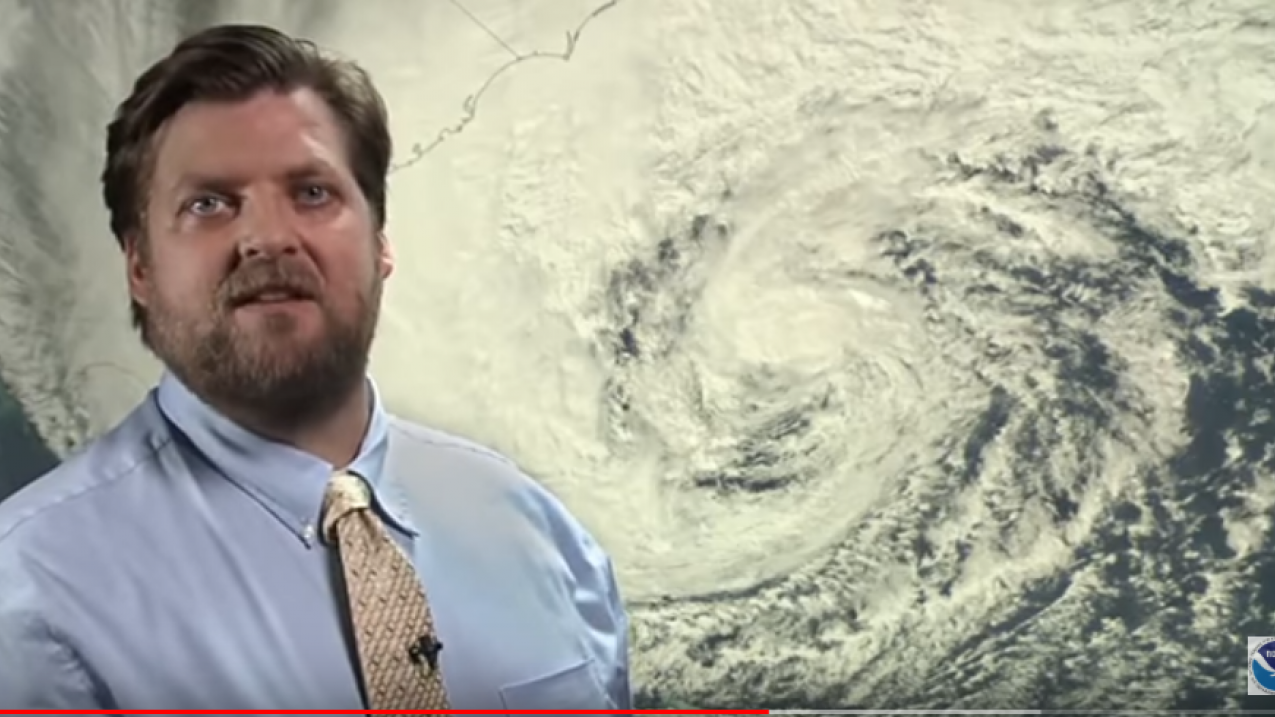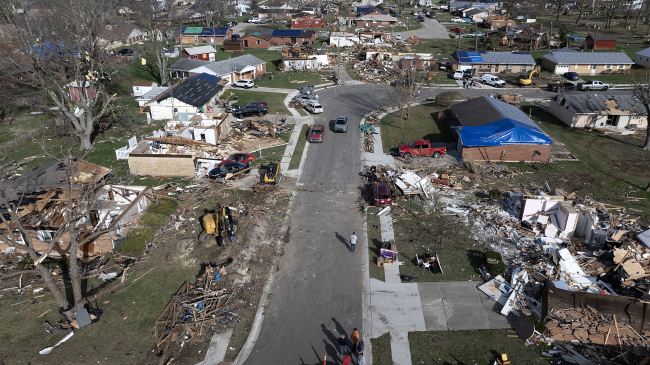There’s a saying in meteorology circles that goes, “Climate is what you expect; weather is what you get.” For one NOAA climate scientist, though, there is a more colorful way to put it: “Climate trains the boxer; weather throws the punches.”

Deke Arndt is the chief of NOAA's Climate Monitoring Section, located in Asheville, NC. (Image credit: NOAA)
Meet Deke Arndt, chief of the Climate Monitoring Section of NOAA’s NCEI located in Asheville, North Carolina. NOAA’s Climate Monitoring Section is uniquely responsible for creating and tracking indicators of change and variability in the climate in the United States and around the world.
Growing up in Oklahoma, Deke discovered a love for weather as a child. Years later, after earning bachelor and master degrees in meteorology, he brought his passion to NOAA.
We recently sat down with Deke to talk about questions on people’s minds about climate science.
People often wonder about weather versus climate. Are they really that different?
Weather and climate share more similarities than not. Climate is a broader term that touches more deeply and more slowly — and often more permanently — on other parts of the Earth system.
That said, it’s important to know both of them to fully appreciate how they behave and interact. For instance, weather influences how many times you mow your lawn this month; climate influences what type of grass you have, such as fescue or bermudagrass.
How about the terms global warming versus climate change?
Many people, myself included, use these terms interchangeably.
Global warming, strictly speaking, typically refers more to the increase in the temperature down here at the bottom of the atmosphere.
Climate change is probably a better term to reflect the broad spectrum of associated changes arising from the warming, such as sea-level rise, the humidification of the atmosphere, increases in big rainfall, and so on.
What evidence is there that the change in climate we are experiencing now is human-caused rather than a part of a natural cycle?
There are three main indicators. Number one, science has known about the influential “greenhouse” properties of certain human-produced gases and has anticipated greenhouse warming in the real world for nearly 200 years now.
Number two, the troposphere (the lower atmosphere) is warming, while the stratosphere (higher atmosphere) is cooling. You can’t warm the lower atmosphere and cool the higher layers without changing the composition of the atmosphere.
And three, we have no alternative explanations. There isn’t a competing theory of what’s driving the warming other than human activity.
Are there any technical advancements that would help scientists better understand Earth’s climate?
I think most scientists would like a clearer understanding of how clouds will behave in a warming world. Clouds play a big role in how much incoming sunlight reaches the surface, and they play a big role in trapping outgoing energy as it leaves the atmosphere.
I also think as we innovate our way into bringing new data, we really need to robustly support what's left of the weather stations, observatories, and ship-borne observations that got us to this point.
However, the most badly needed innovation is a broad appreciation that our actions are tied through this climate system to a world of people.
— Deke Arndt
More about our expert
In addition to his role at NOAA's NCEI, Deke Arndt is the co-lead editor of the State of the Climate offsite link report, published annually in the Bulletin of the American Meteorological Society (AMS), and he serves on the AMS Council. He is also the co-chair of the Climate Indicators Interagency Working Group of the U.S. Global Change Research Program. Deke came to NOAA in 2009.



